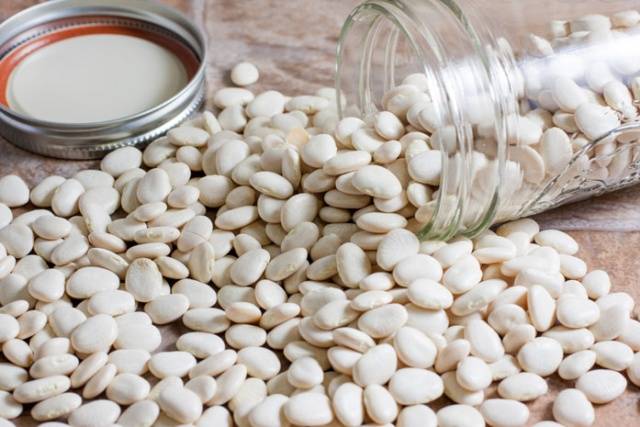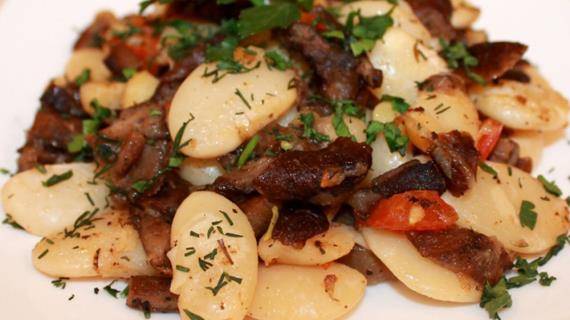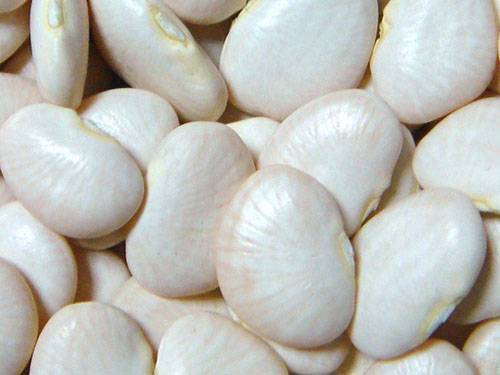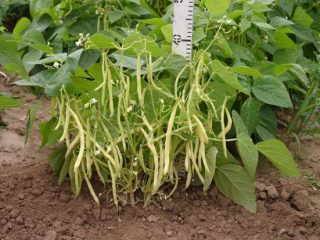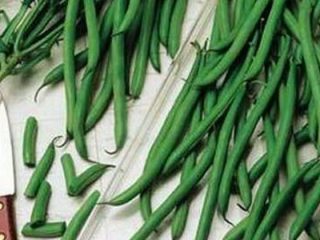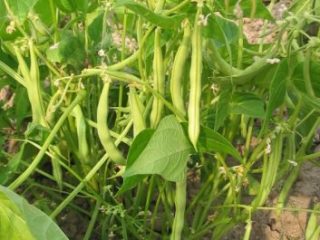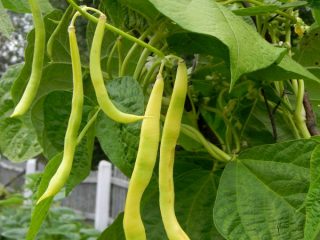Content
There are many types and varieties of beans; Lima beans occupy a special position. In another way, it is also called lima beans. This is a botanical species also called butter bean. What makes it different is the buttery-creamy taste of the beans, with the same low fat content in the composition.
Distinctive features of Lima beans
Lima beans can be distinguished by three main characteristics:
- The buttery-creamy taste is simply the calling card of this species.
- The unusual shape of the beans - translated from Latin, the name sounds like moon-shaped. At the same time, on the outer shell of the beans there is a relief similar to a seashell. That is why it was sometimes called sea beans.
- The largest beans among other varieties. Although there is a small exception in the form of the Baby Lima variety, her beans are much smaller but still classified as Lima.
The origin of this variety has very deep roots. In the Andes, the mountains of South America, its appearance dates back to 2 thousand years BC. The small-seeded Baby Lima bean originated much later at the turn of the 7th and 8th centuries AD in Central America. Lima beans received their common name from the capital of Peru, from where beans have been exported since the 17th century.
Baby Lima Beans
There are varieties of different shapes. Climbing or creeping plants reach a length of 1.8 meters to 15 meters.Also bush varieties from 30 cm to 60 cm. The pods are long, about 15 cm. The seeds grow up to 3 cm in length. The color of the beans can be quite varied, however, varieties with white and cream beans are more common.
Baby Lima beans are famous for their unusual taste and creamy structure of the inside of the bean, despite the fact that the outer shell retains its shape well when cooked. Once people have tried this product, they remain fans forever. Its creamy taste creates the illusion of fat in the product, which is often lacking in plant foods.
Growing and care
Baby Lima beans love sun, water and good nutrition, so they need to be grown in well-lit, fertile areas and ensure timely watering and fertilizing.
Slightly hatched seeds are planted if there is no danger of frost. The plant absolutely does not tolerate them.
The soil should not dry out too much, but in cloudy weather there is a danger of flooding the plant. Therefore, you need to water not according to schedule, but taking into account all factors.
Nitrogen fertilizers are needed at first, and phosphorus-potassium fertilizers are needed at the initial stage of fruiting. Weeding and loosening the soil will not be unnecessary activities. The plant does not have an abundance of harvest; the flowers bloom gradually one after another.
Harvest approximately 2 weeks after the appearance of the ovary. The beans should be slightly under-ripe. Fresh beans are eaten immediately. Dried ones are stored and consumed boiled. However, you can freeze or can the green beans.
Production
Lima beans are still produced on an industrial scale abroad, however, in our country there is a large distribution brand that supplies cereals to Russia. This is the Mistral company.
Lima beans from the Mistral company are distinguished by the high-quality selection of raw materials for packaging. Colored and white beans without debris or crumbled fragments. One to one in size and shape. Stylish and concise packaging indicating all the substances contained, as well as a description of the preparation method. Taste qualities correspond to the characteristics of the variety. All this is ensured by strict compliance with all state quality standards.
